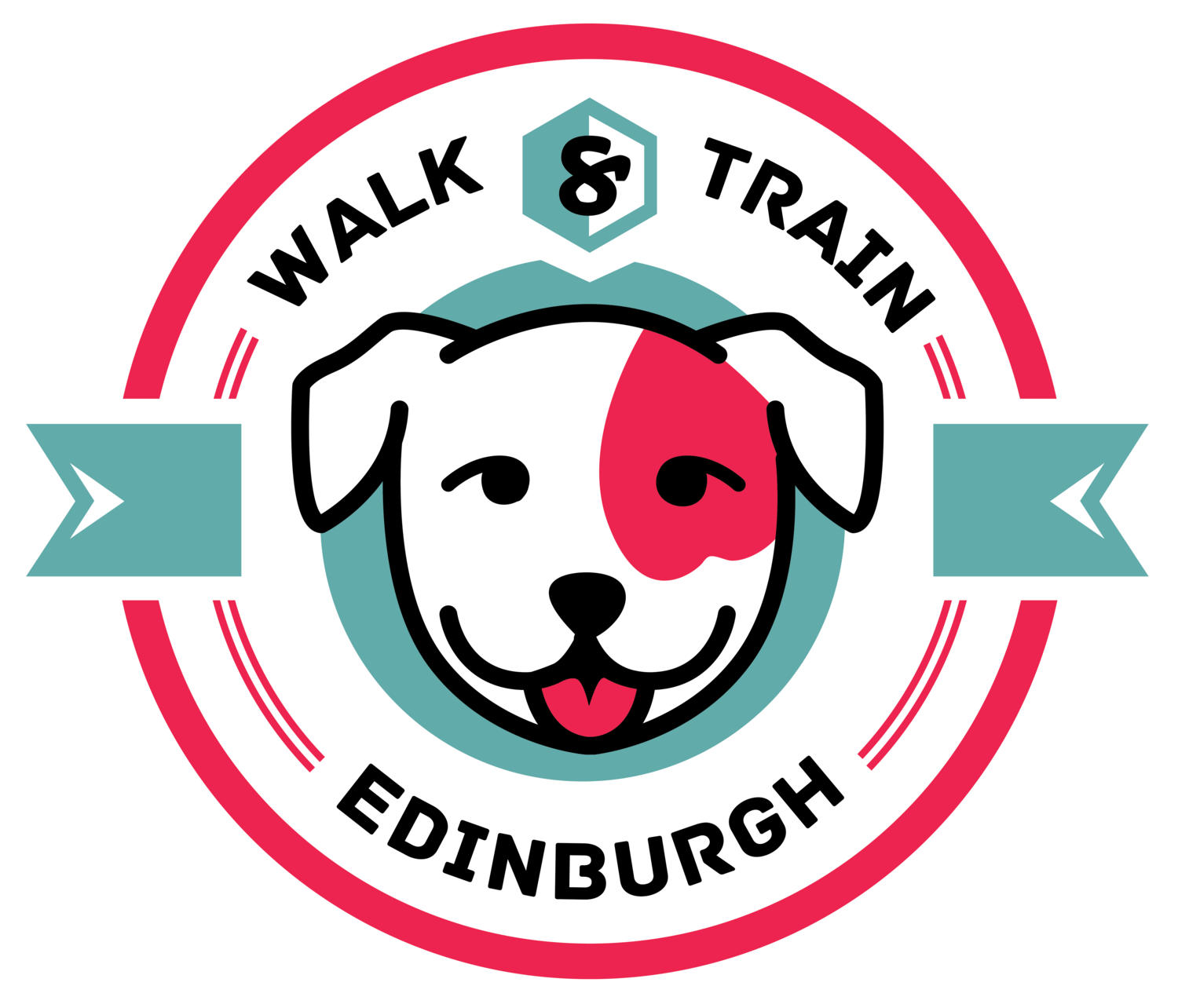How to Choose Kibble
It is no secret that raw food is my dog food of choice - all products are fresh and I can control exactly what goes into my dog’s food. It is also cheaper than high quality kibble. However, I realise that many people are limited in time, space and money and prefer feeding dry food. This post is dedicated to helping you choose the right kibble for your dog.
You Are What You Eat
We believe that your dog’s diet is the foundation of their health. Feeding your dog an appropriate diet is essential for helping combat or prevent medical problems and ensuring longevity. A poor diet can also contribute to behaviour problems your dog may have. In the long run, your dog’s diet can either be a powerful medicine or a slow poison, it has the ability to harm and heal – you choose.
The Problem with Kibble
No matter if the finest organic and locally sourced products go into your dog’s food, when these are dried, processed and stored to make kibble, much of their nutritional value is lost. I always compare it to those dry powder soups you can buy in little bags in the store and mix up with hot water. They might not be inherently bad for you, but imagine eating the same soup every day for the rest of your life. The lack of nutrition would likely be detrimental to your health in the long run, even if you could never trace it back to the soup. Popular alternatives to feeding kibble are canned food, dehydrated food, home cooked food and raw food.
What should I feed my dog?
Although there might seem like there is an abundance of dog food brands to choose from, the majority of them are owned by large cooperations such as Procter & Gamble, Colgate-Palmolive, and Nestlé. So even if the brands seem different, they may be from the same source. The regulations of the pet food industry hold relatively low standards, which means that almost anything could be going into your dog’s food.
The best way to determine the quality of dog food is to read the ingredients list. These are often long and sometimes confusing. To make things easier, we have put together a check-list for you.
In the list, the ingredients appear in order of % - that is, you want meat to be one of the first ingredients.
Salt and Sugar – More often than not, these have no business being in your dog’s food.
Flavourings and Colourings – If your dog’s food was made from dried and blended meat and vegetables, it would be brown. If part of the dog food looks like it came from a Skittles factory, pick another brand. Flavourings are often added to make poor quality food more palpable to the dog, similar to some ready-made human food.
E-numbers – E-numbers can be anything from flavourings, colourings, thickeners, preservatives, to antibiotics. Basically some form of added chemicals. Although these are likely present in low doses, it might not be what you want your dog to be popping long term.
Fillers – These are products with little nutritional value added to the dog food to make the production cheaper. Avoid food that primarily contain grains, maize/corn, wheat, soya, pea protein, gluten, cellulose, or any unspecified terms such as cereals or vegetables (protein extract, oil, derivatives).
Meat – We recommend to stay away from unspecified terms such as poultry or fish. Instead, choose a dog food that specifies which animal the meat comes from, such as chicken, turkey, salmon, lamb or beef. Anything that states “meat and animal derivatives”, “by-products”, or “animal fat” is a no no.
A few of the brands we recommend are Eden Holistic, Orijen, and Millie’s Wolfheart.
How much should I feed my dog?
As for people, a dog’s metabolism depends on their age and activity level. The best way to determine how much your should feed your dog is to look at the recommendations for their ideal weight (not necessarily their current weight), and then adjust by increasing or decreasing depending on how your dog looks.
You should be able to feel your dog’s ribs, but not see them.
The waistline should be clearly seen from above.
The part of the belly behind the ribs should be tucked and distinguished from the ribcage.
Finally, make sure that you, when calculating your dog’s food ration, you subtract any treats or chews your dog gets during the day.
Happy training! :)

